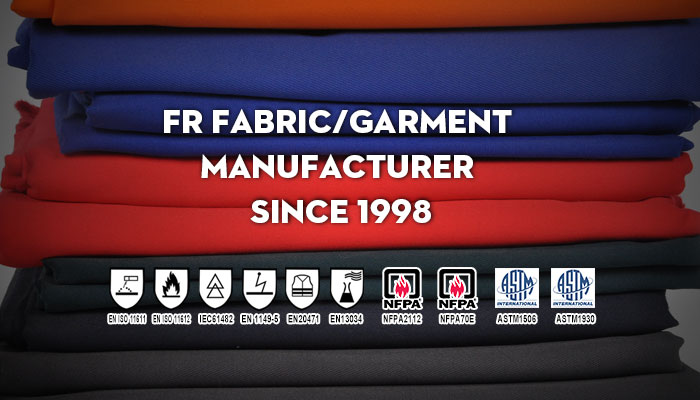The largest clothing wholesale base in China is nothing more than Guangzhou. The two places in Hangzhou are production bases. A piece of clothing will first be produced from the factory, and then the factory will be sold to the merchants of the clothing wholesale market in Guangzhou or Hangzhou. The majority of clothing store owners, supermarket owners, and other distributors will go to the clothing wholesale stall merchants and then sell them to consumers.
Therefore, the experience of a piece of clothing is: 1. Factories -> 2. Gears -> 3. Clothing Stores -> 4. Consumers.
Between the market and the market, there are often transactions, which is why there is a gap of more than ten blocks in the price of a piece of clothing.
From a geographical point of view, it is unlikely that shopkeepers in all of China will go to Guangzhou or Hangzhou to get goods because the cost of travel will be very expensive. Therefore, basically every capital city has a small clothing wholesale market. For example, the wholesale market in Wuhan is also very large, and the Beijing Zoo and Dahongmen are also very large. The goods in these wholesale markets were also taken from the stalls in Guangzhou or Hangzhou, so they added another layer of profit from the purchase price.
Therefore, the experience of a garment in this case is: 1. Factories -> 2. Gears -> 3. Other City Gears -> 4. Clothing Stores -> 5. Consumers. In general, the profit of the “first-level gate†from the factory is about 10%. The price of goods sold in “other city stalls†will be higher than the “first-level gate†price. 30% to 40%.
From the perspective of consumers' psychology: Some market names are selling at a high price; or these markets are wholesale and retail, and profits are kept at a very high position. Therefore, these markets themselves are too lazy to coordinate with factories, for example, Hangzhou. "Central North Market" and Hangzhou's "Silk Market". The north of Hangzhou is mainly based on professional wholesale, so the price is low. The Evergreen market is the most famous, and it can be used as a batch job. The profits can reach 50% or even 70%. Therefore, many of the Evergreen itself directly get goods from the ring around the North in order to achieve fast forward.
Therefore, the experience of a garment in this case is: 1. Factory -> 2. stalls -> 3. More famous stalls -> 4. Clothing store -> 5. Consumers. In general, the profit of the “first-level gate†for getting goods from the factory is about 10%. The price of goods sold at “more famous stalls†will be higher than the price at the “first floorâ€. About 50% to 70% higher.
Flame Retardant Fabric is a special functional fabric, generally used to customize flame retardant work clothes. According to the material, it can be divided into 5 kinds of fabrics such as Cotton Flame Resistant Fabric, cotton polyester fr fabric, cotton nylon fr fabric, arimid fabric, modacrylic fabric. Among them, aramid and modacrylic fabrics are made of natural flame retardant fiber and have permanent flame retardant properties.
Advantage of flame retardant fabric:
High quality cotton
Perfect protective characteristics
High tenacity, durable to use
High fastnesses, soft touch, comfortable
Proban, Pyrovatex and FrecotexTM treament are provided
Extreme low content of formaldehyde by FrecotexTM

Certification of flame retardant fabric:
Xinke Protective flame retardant fabric has inspection reports from various countries such as EN 11611, EN 11612, NFPA 2112 ext., which can meet the protection standards of various countries. In addition, we have our own testing center, all equipment is synchronized with Europe and the United States, ensuring the accuracy of test data and better serving customers.
Packing and shipping:
We use 5mm thickness, 5.5cm inner diameter for professional export of thick paper tubes and customized packaging bags for customers to ensure that customers receive intact finished fabrics.
Application:
Xinke Protective flame retardant fabric widely used in construction, shipyard, welding, oil, gas and offshore industries etc.
We trust we are your right choice supplier in China for flame retardant fabric business.
Flame Retardant Fabric
Flame Retardant Fabric,Fire Retardant Fabric,Fireproof Fabric,Fire Rated Fabric
Xinxiang Xinke Protective Technology Co, Ltd. , http://www.coverallsuit.de